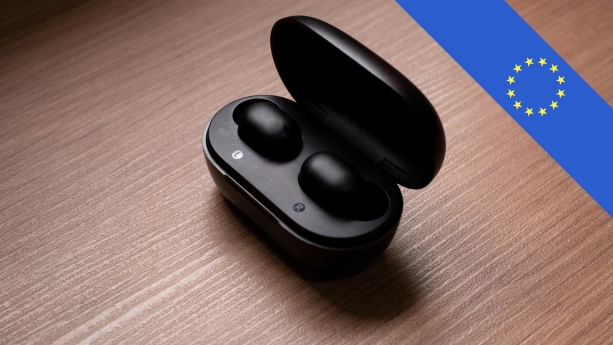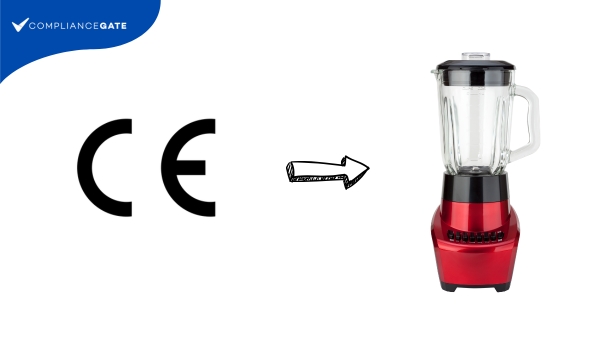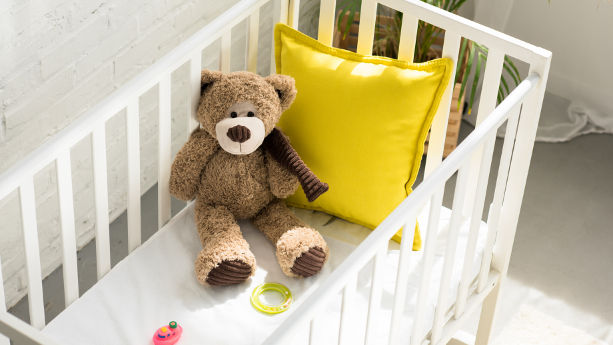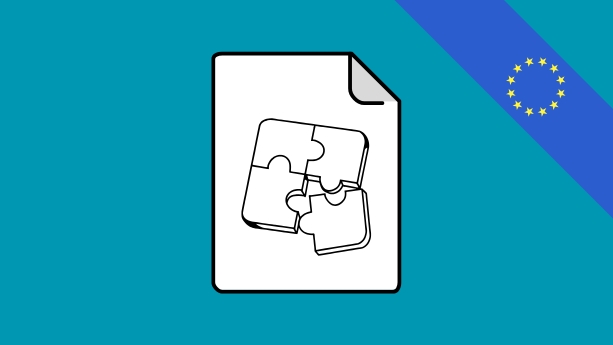
Electronic products sold in the European Union are subject to various product regulations and directives, which in turn set labelling requirements. In this guide, we list several key EU electronics labelling requirements concerning compliance marks, traceability information, warnings, and more.
Continue reading Electronics Labelling Requirements in the European Union




















 Create compliance checklists for your product (US, EU & UK)
Create compliance checklists for your product (US, EU & UK) 20+ product certificate templates
20+ product certificate templates Create label files
Create label files Book product testing
Book product testing